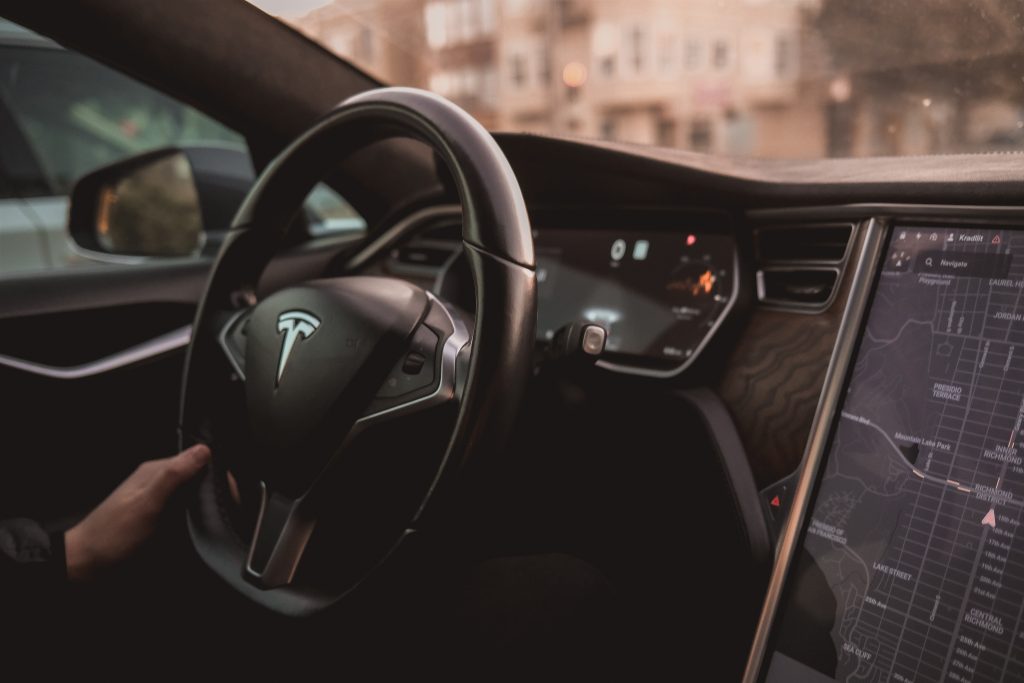By: Otaiba Ahsan

If you’re in the electric vehicle (EV) community, you may have heard people refer to Tesla as a software company that manufactures cars. This may come as a shock for many, as the EV titan has seen great success in the automotive space. However, there is truth to this statement, as Tesla develops fantastic software which is then paired with their cars. Of course, like any piece of tech, such as your phone or laptop, you’re required to regularly update the software. The case is no different for Teslas. Continue reading for steps on how to complete a software update for your Tesla.
Why Complete a Software Update?
Tesla provides updates to your vehicle’s software wirelessly, also known as over-the-air software updates. The purpose of these is to patch any issues or bugs in the software to keep you and your passengers safe, as well as to keep the Tesla experience smooth for day-to-day driving. Additionally, these updates occasionally provide new features that previously weren’t available.
Examples of software updates include additions of new languages, improvements to Autopilot and the camera system, advancement of safety features, and so much more. Tesla recommends that you install software updates as soon as possible to ensure your vehicle is up to date.
NOTE: When I first took delivery of my Tesla, I didn’t have a blind spot camera view on-screen when the turn signal was engaged. However, within a few months, there was a software update that added this extremely helpful feature, which wasn’t originally advertised with the car. It also enhanced the driving safety for myself and others, which is always a win.
In summary, these updates are necessary as they fix bugs and add important new features. If you’re a Tesla vehicle owner, your car’s capabilities will only get better and safer over time. This is a huge perk that’s not talked about enough, as with most other cars you’re only going to get what you’re shown the day you buy it.
How to Complete a Software Update
When a software update is made available, you’ll be notified immediately in one of two ways.
- If you’re already driving, when you complete your journey and put the car in Park, a message on-screen will prompt you to update immediately or schedule an update time.
- If you’re not in your vehicle and an update becomes available, you’ll receive a notification via the Tesla mobile app. You can open the app and accept the update, which will then trigger a 2-minute countdown until the software begins installing.
NOTE: When a software update for your Tesla is in the process of installing, you won’t be able to drive the car. You should leave about a 25-to-30-minute gap from when the update begins until you have to use the vehicle again.
When the update is complete, the next time you sit in your Tesla you’ll see a Release Notes screen with details on what’s new. If you miss it, then you can hit Controls > Software to check again.
IMPORTANT: You’ll need a stable Wi-Fi connection to download and install the software. If you’re able to do so at your residence, that’s the ideal case. However, if that’s not possible then other options include:
- Phone Hotspot: If you have enough mobile data, then enable its hotspot, and connect your Tesla to complete the update.
- Public Wi-Fi: Most McDonald’s or Starbucks have free Wi-Fi. Find one with its own parking lot and you can do the update from there.
- Family or Friend’s Driveway: You can always count on a friend or family. Reach out and see if you can use their place’s Wi-Fi to complete your Tesla’s update.
The Bottom Line
The steps on how to complete a software update for your Tesla are simple. When an update is ready, you’ll either be prompted in your vehicle to update right away or schedule it for later. Otherwise, you’ll receive a notice on your Tesla mobile app saying an update is available. Remember, you’ll need a stable Wi-Fi connection to do so.
